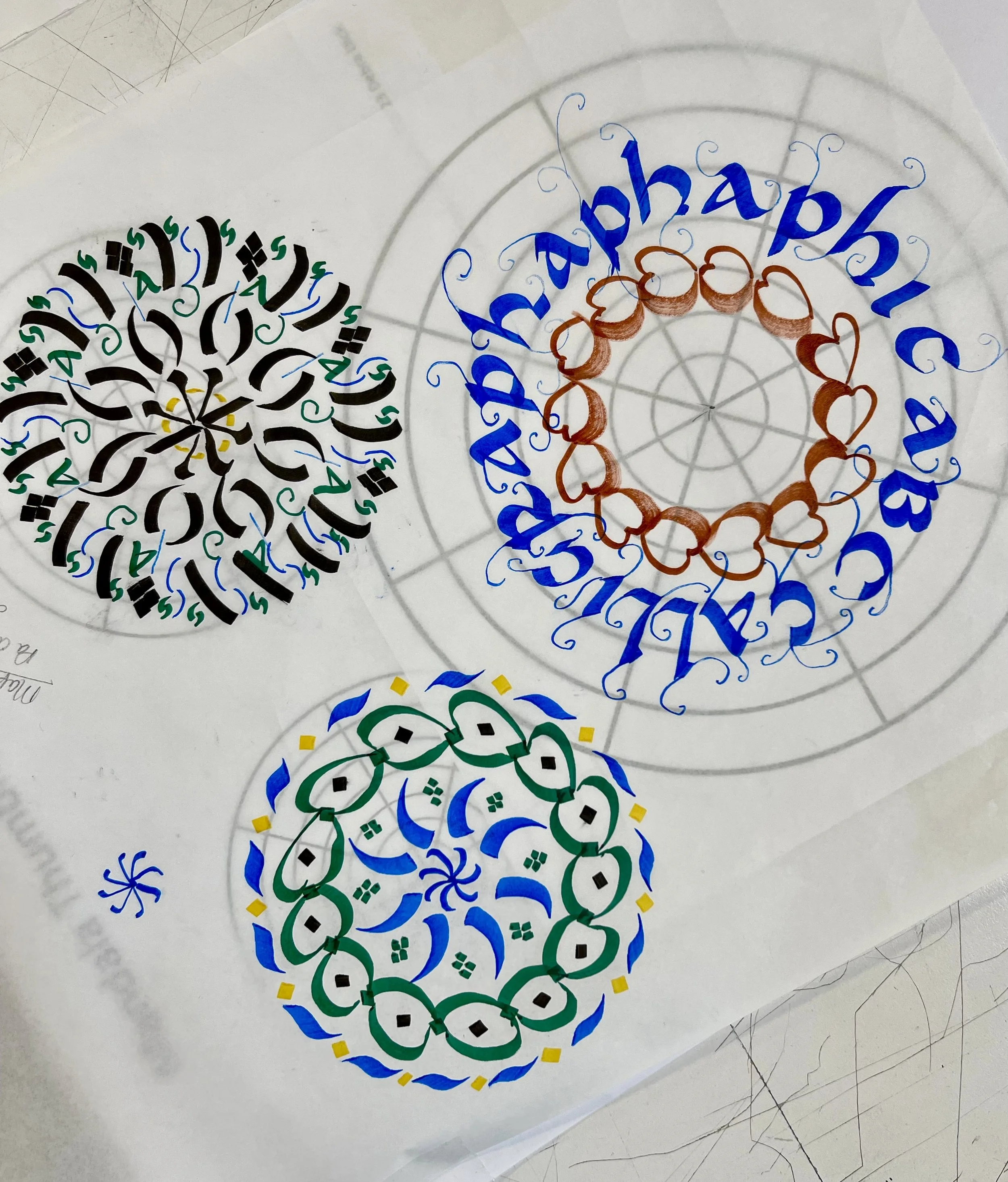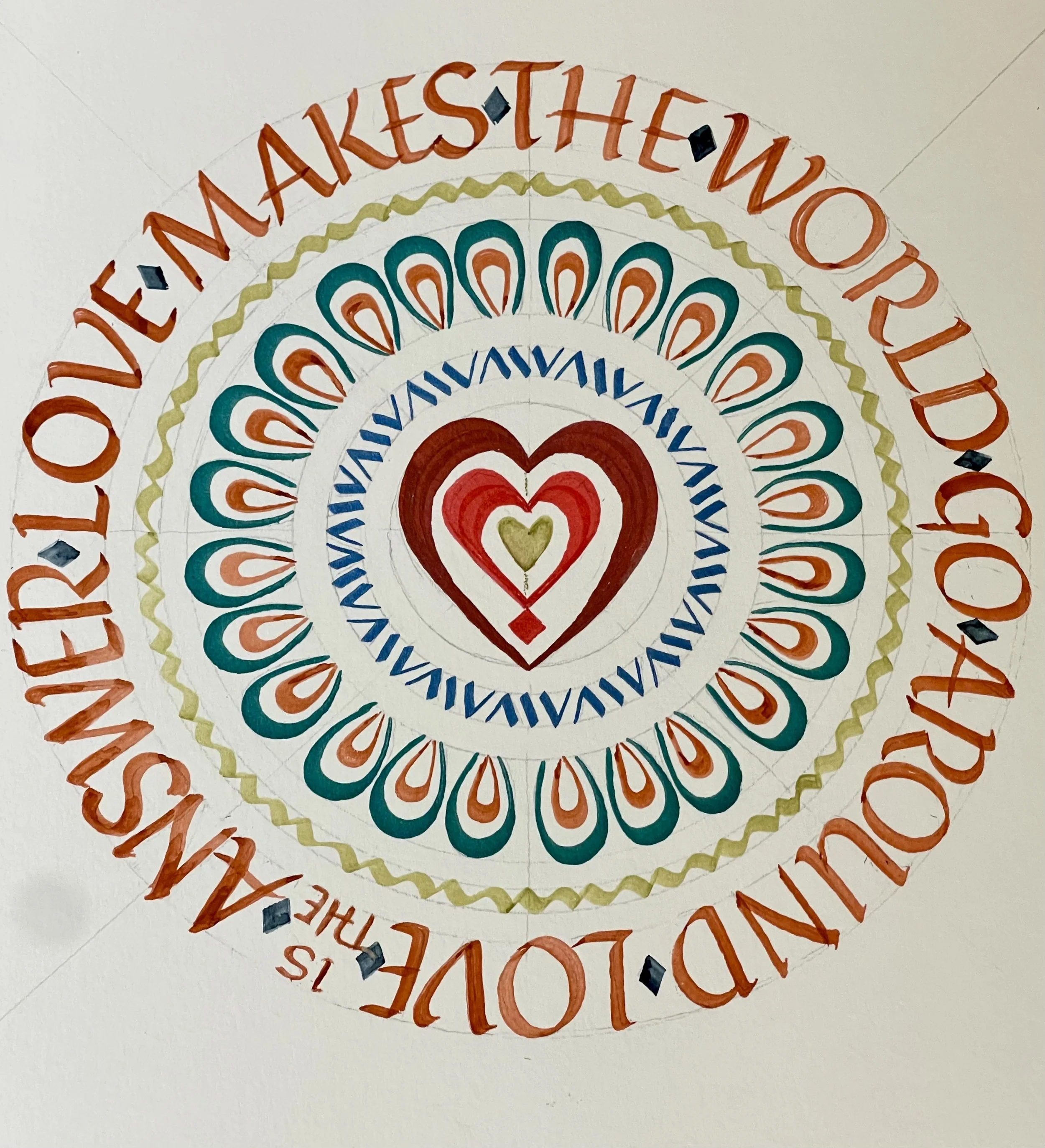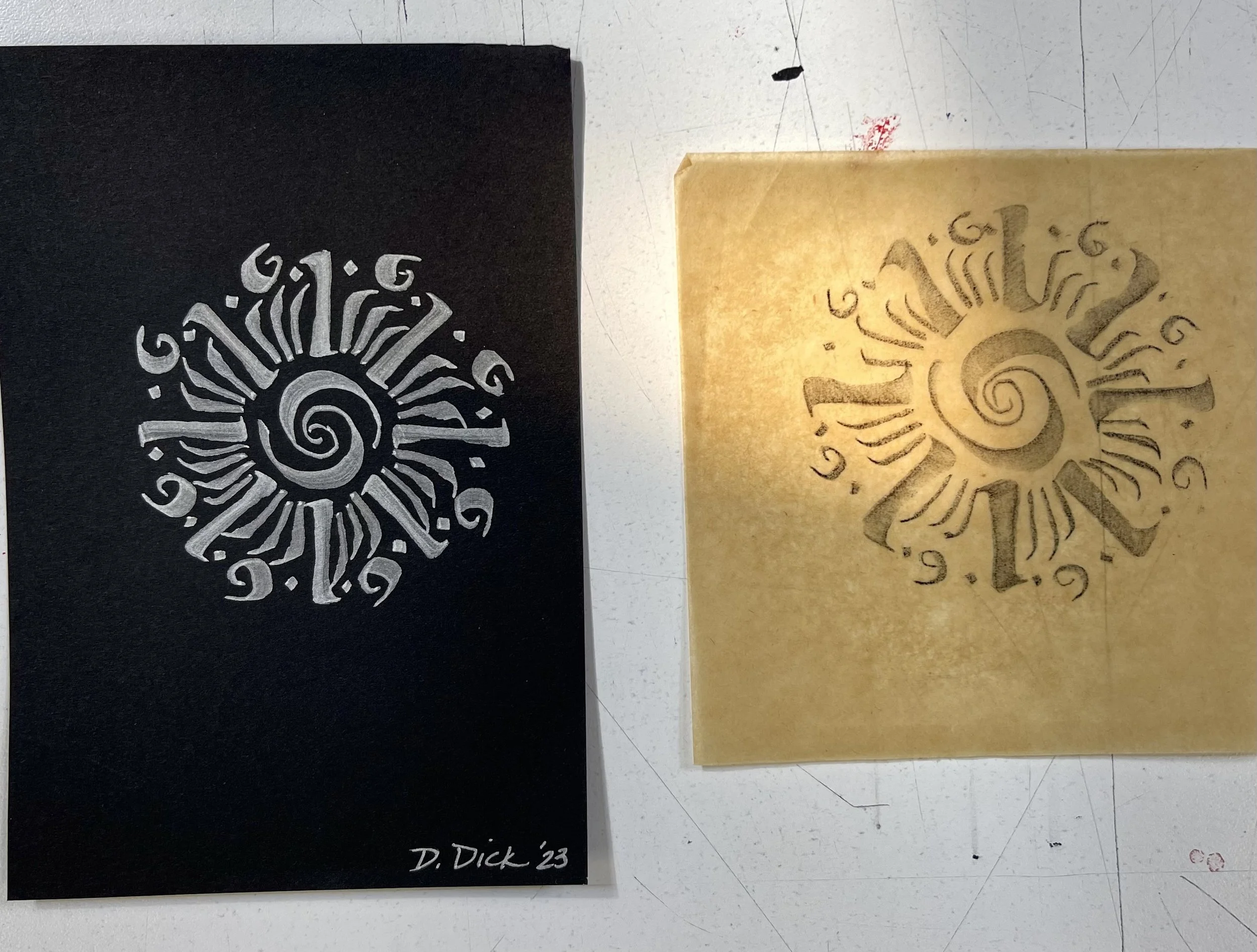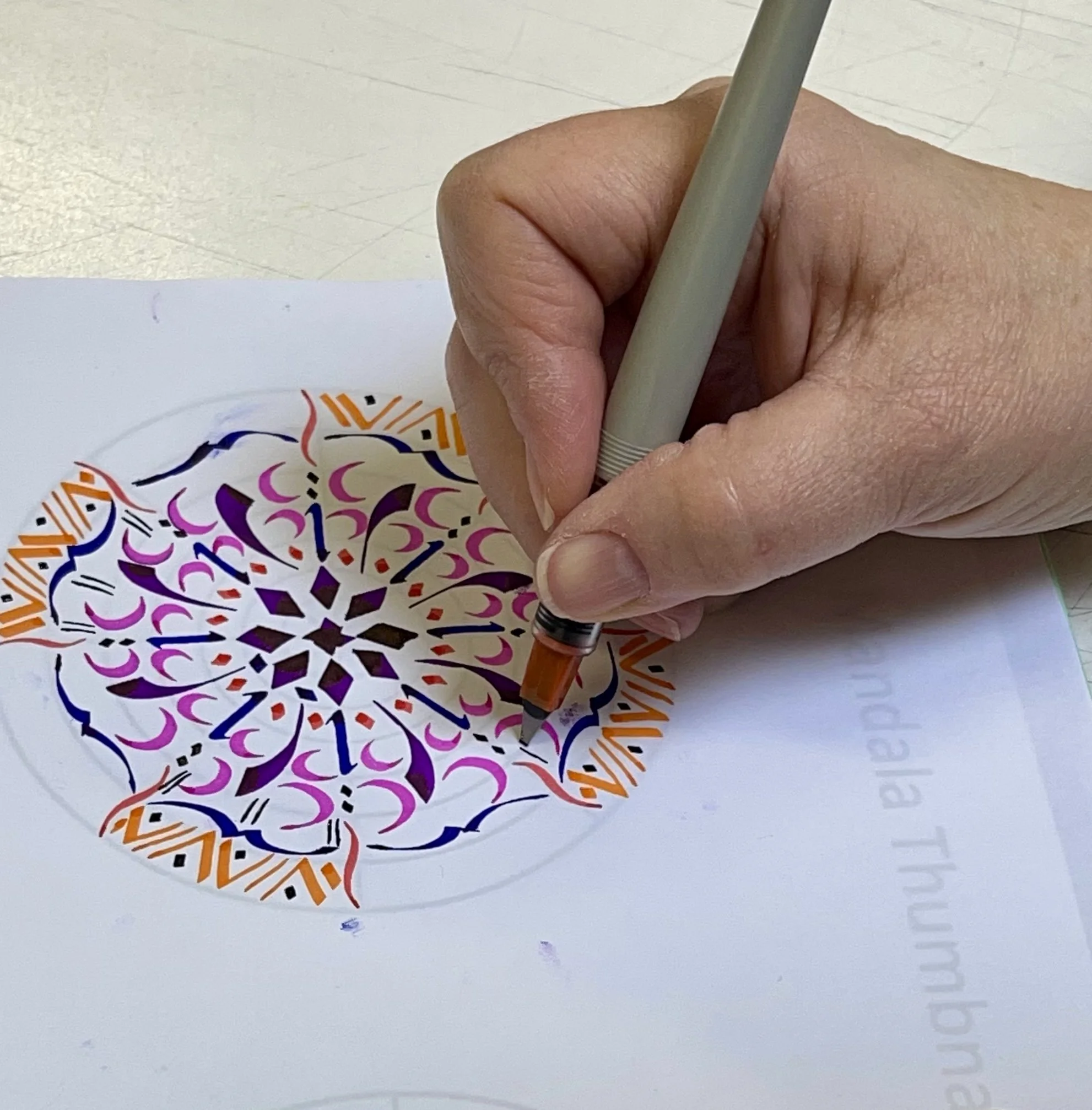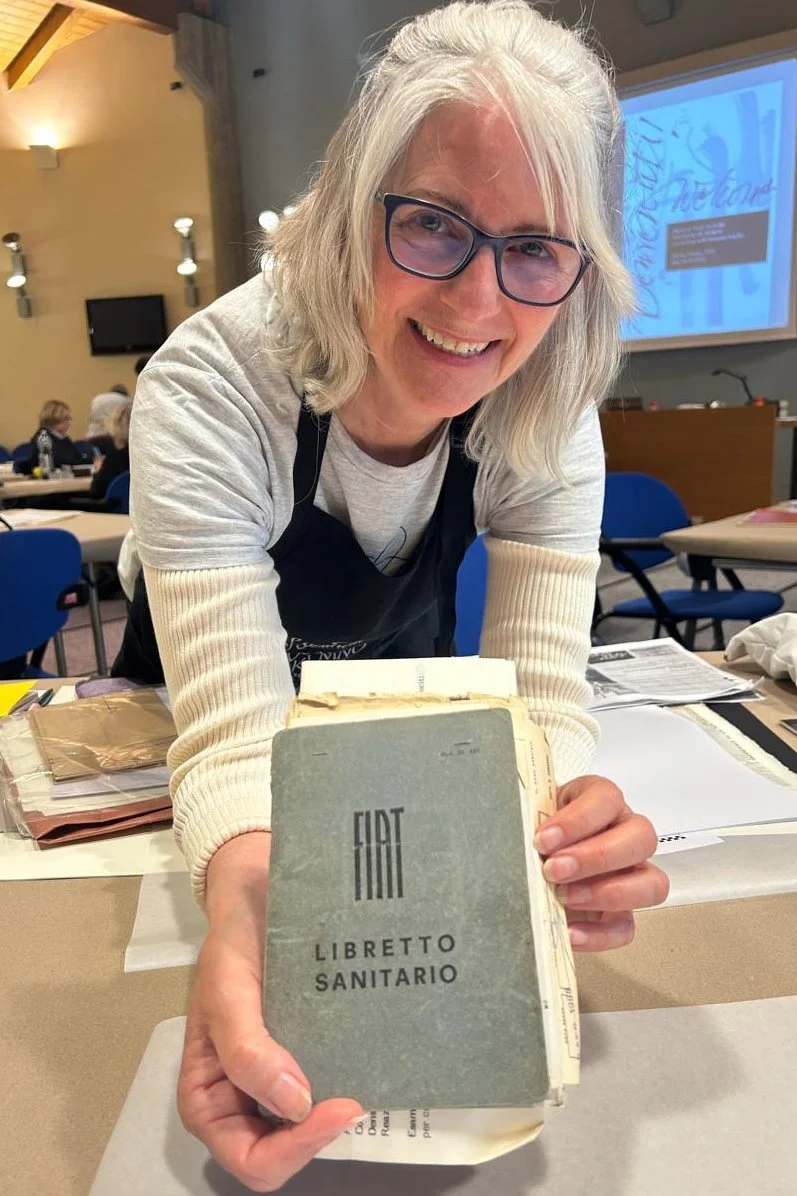Please note that registration will open on September 1st and close on October 15th, 2025.
Cancellation policy: Cancellations are allowed at any time, however refunds will only be issued if there is a waitlisted student who will fill your place.
Sickness: If you are registered and need to miss one class due to sickness (we’d rather you stay home and rest!), you are welcome to sit in a future session of the same workshop as we will repeat these introductory classes.
Member pricing: Please use the code sent to your email at checkout. Can’t find it? Check out anyway and email us and we will refund the difference.
About the Instructor:
Debra has been a freelance calligrapher and teaching artist since the early 1990’s. Her various commissions for businesses, colleges, and community organizations include t-shirt designs, corporate resolutions, logos, and one-of-a-kind calligraphic art on paper and canvas. In addition to her freelance work, Debra was co-founder of Flourish Creative Workspace, LLC, a place for learning calligraphy, lettering, book and paper arts, and bespoke crafts in Sugarloaf, PA.
For more than three decades, Deb has introduced people of all ages—from 3 to 85 years old—to the art of beautiful writing in her numerous calligraphy workshops and art residencies in schools, libraries, museums, and for the Society of Scribes, New York City, and the Philadelphia Calligraphers’ Society. She has been a rostered artist with the PA Council on the Arts, Arts in Education Program since 2001 —now known as The Armature—where she focuses on using calligraphic and related arts to enhance learning in the classroom.
Debra’s art has been published in Letter Arts Review, Calligraphers’ Engagement Calendar, and Bound and Lettered. She has collaborated several times with botanical artist, Pamela Gladding of PM Design Group, on greeting cards and surface designs. She also created more than thirty broad-pen illustrations for Zoo Haiku, a poetry book by Michael Czarnecki published by the Paper Kite Press in 2004.
In addition to calligraphy, Debra creates decorated letters, paste-papers, and hand-made books. More recently she has been teaching the joy of illustrated journaling through workshops and small retreats. You can see her work on Instagram at https://www.instagram.com/debradick/ Website coming soon!

